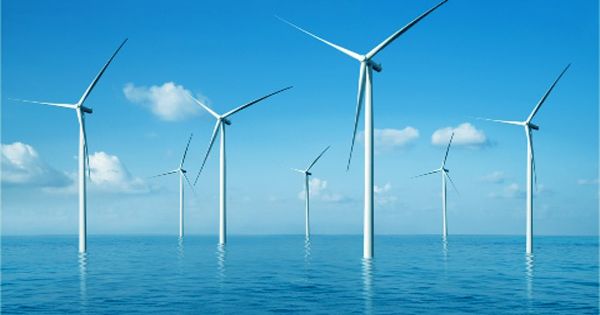Dr. Antonia Engelberger of the German Aerospace Center agrees that the spin side is irrelevant for a single wind turbine to be operated in isolation. These days, most wind power comes from large wind farms consisting of dozens or even hundreds of machines. Putting the towers together reduces the cost of powerlines and maintenance. However, the blades of the first blade to meet the oncoming wind create a risk that will create a farm that affects the energy generated by other components of the farm. Englberger and co-authors wrote A wind mixed with rotating blades counterclockwise can increase the power output of a downward window turbine by 11.5 percent compared to a clock turbine rotating in the Northern Hemisphere," Englberger and co-authors wrote.
The same is true of the Coriolis force to support the winds in the Southern Hemisphere. At night the wind becomes more stratified with subterranean altitude and increases the waking length and the effect is stronger at night. By producing, the authors claim. After modeling different wind conditions, they reported that following a turbine rotated with a clock hand almost always yielded more energy than the two being identical in the Northern Hemisphere. Wind farm designers put a lot of effort into analyzing conventional wind directions to determine how to place an array of interconnected turbines. Now, Engelberger claims in wind energy science that much more can be achieved by turning many turbines in the opposite direction to what they are holding. What a leading turbine wakes up to is called wiring or backing, depending on how it affects the people behind it.
The paper was published in January, but it wasn’t until earlier this month that an article by Tagaspizel drew attention to it. The stimulus of interest means that wind power companies around the world are creating very little potential from their farms or if there is a problem with Engelberger’s modeling, they are probably trying to work.
If the study is closer to the right, its trends for the future of electricity could be substantial, although 23 percent of the additional output is sealed instead of an ideal value. Without changing the leading turbine, the average across an entire wind farm will still below. On the other hand, all technological advancement that reduces the cost of any renewable energy source increases the amount of production. By shifting the balance of the war between fossil fuels and clean energy sources, the economies gained as a result of the scales increase the benefits.
















